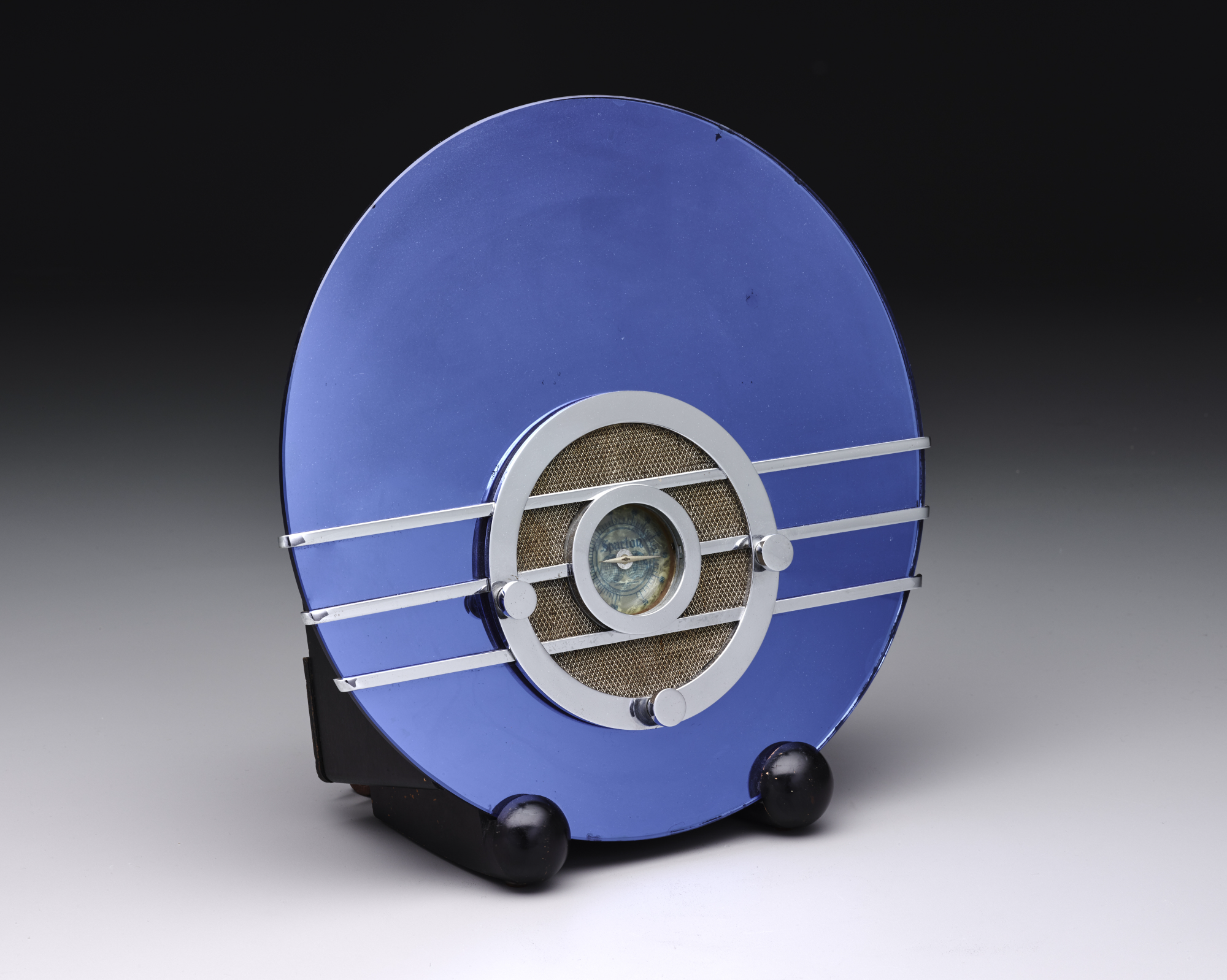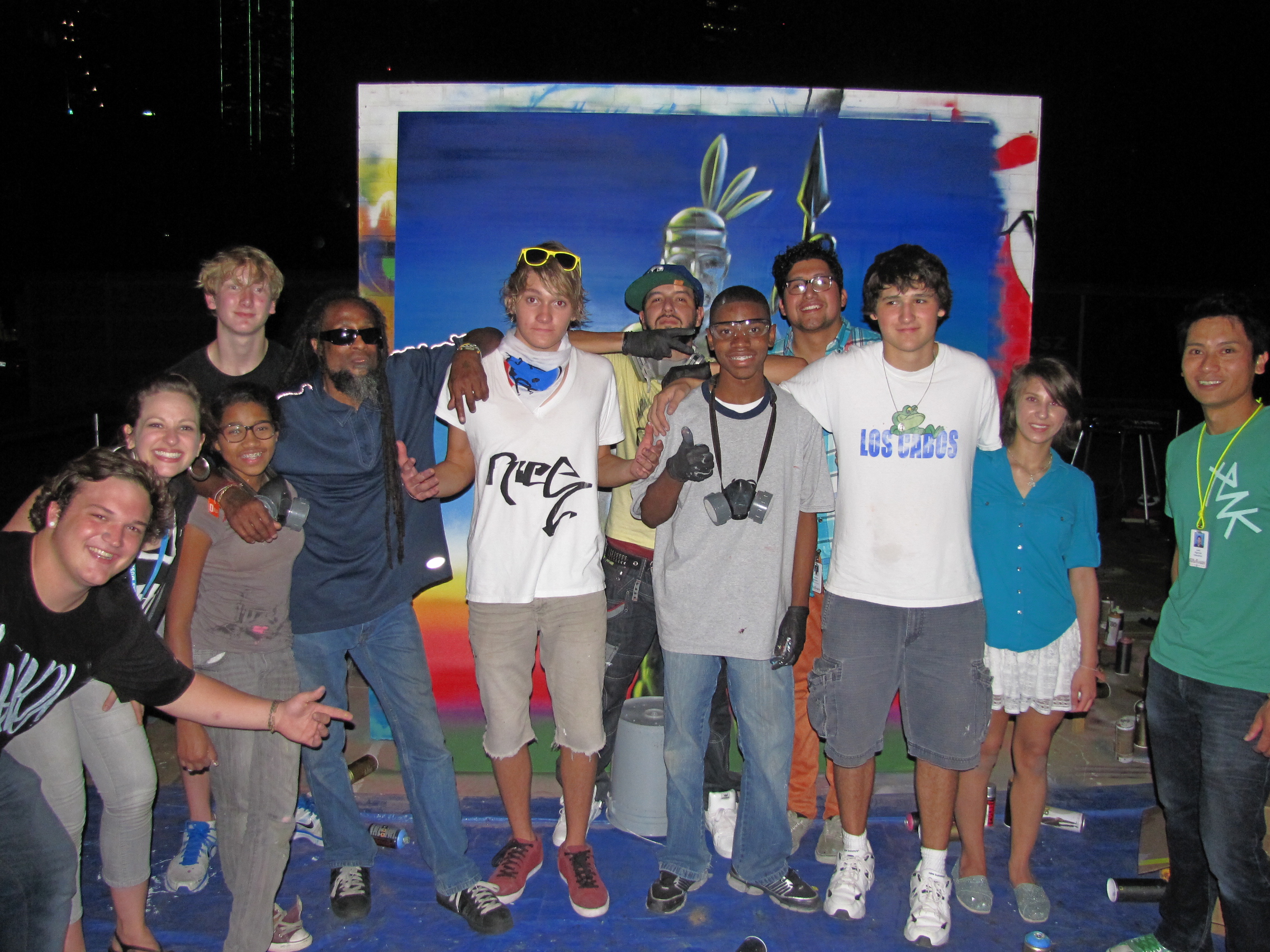- Sam sketching in the galleries.
- Exploring how different styles of music inspire our practice as artists.
- We tried skeching to four different styles if music including Beethoven and Johnny Cash.
One of the many perks of being a museum educator here at the DMA is having the opportunity to connect with amazing people in our North Texas community and beyond. Thanks to Tanya Krueger, one of our superstar volunteer docents, I’ve learned about the important work being done by The Stewpot, a community outreach program dedicated to serving homeless and at-risk populations here in Dallas.
Tanya volunteers for the Stewpot Art Program, a special program that provides class time and art supplies for individuals looking to express themselves creatively, grow as artists, and support themselves through the sale of their work (be sure to check out opportunities to support the program by donating supplies or purchasing artwork – the artist receives 90% of the sale and the remainder goes back into the program for art supplies and field trips for the artists.) The Stewpot artists themselves are a remarkable group of people. Plan a visit to the studio and you’ll be struck by each artist’s individual style, creative drive, and kind spirit.
Together with Cynthia Brannum, Stewpot Art Program Director, we’ve launched a monthly program for the Stewpot artists here at the DMA that includes a gallery discussion and lots of art-making activities. Speaking for myself, working with the Stewpot artists has been one of the highlights of my summer. Take a look at our first two visits!
- Making our own scrolls after visiting the Japanese galleries.
- A beautiful day to work in the Sculpture Garden.
- Two tiger paintings inspired by the DMA’s collection.
- Leon and his Zen-inspired landscape.
- Tanya sharing the story of Daruma in the galleries.
Lindsay O’Connor
Manager of Docent and Teacher Programs









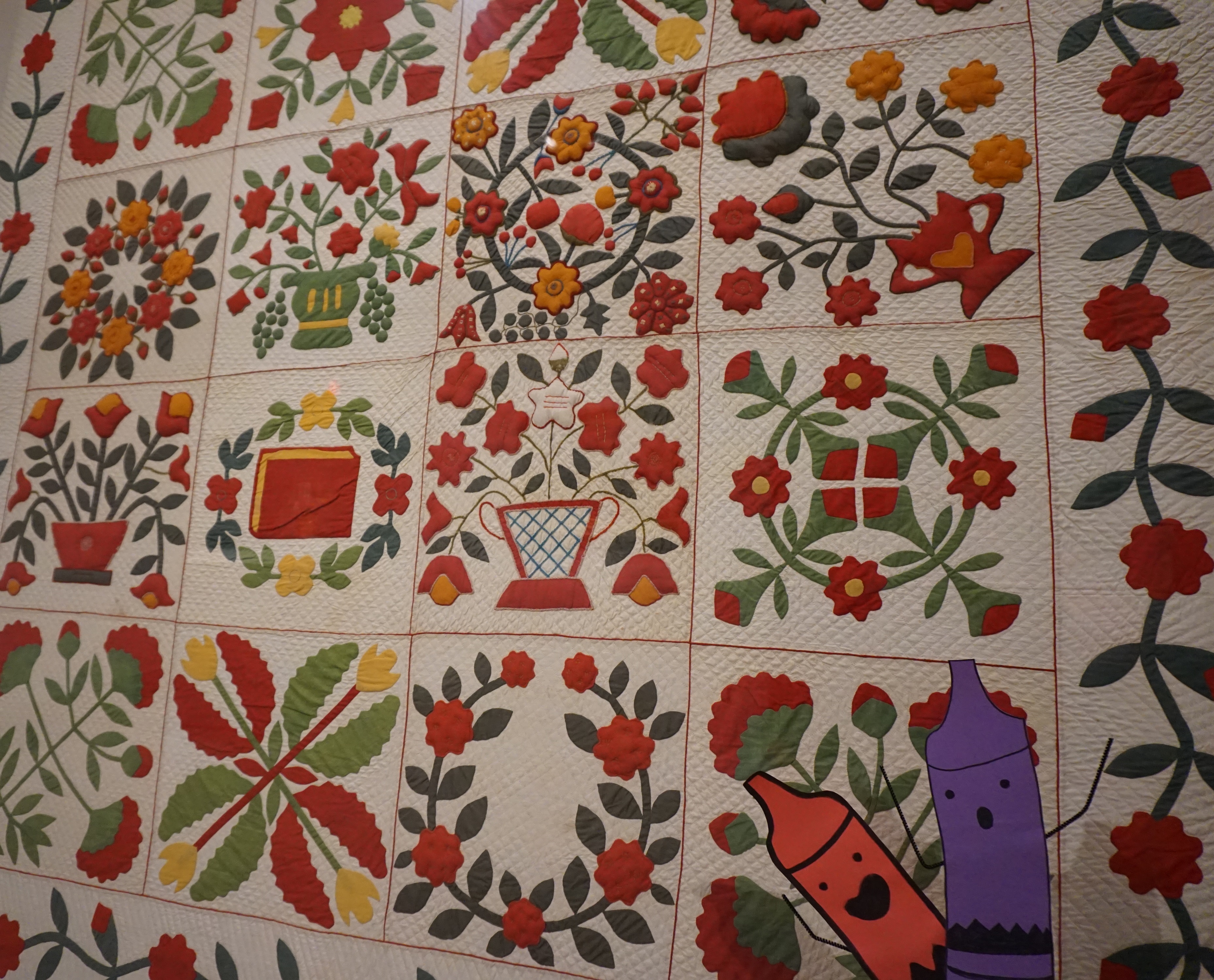




















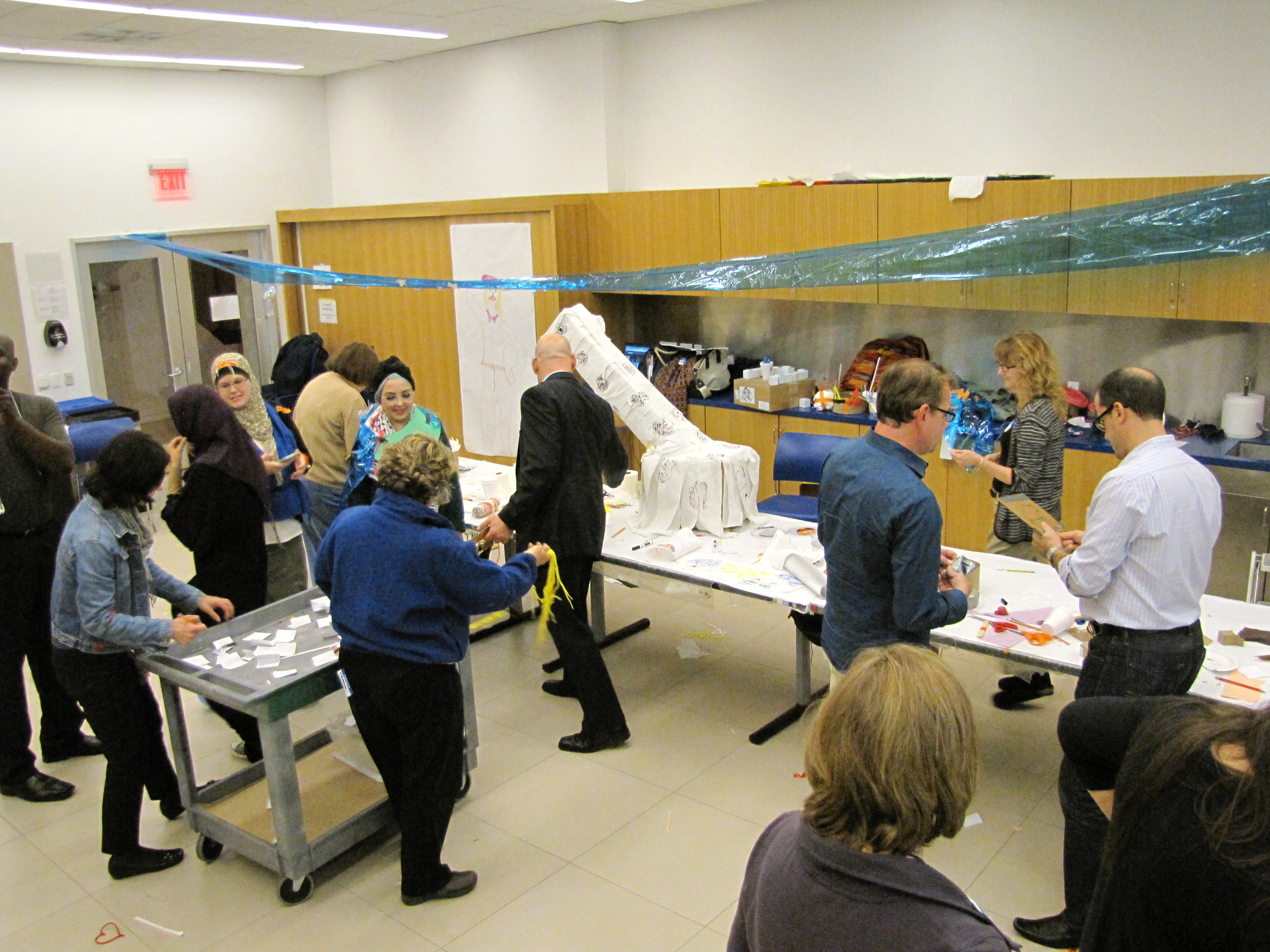











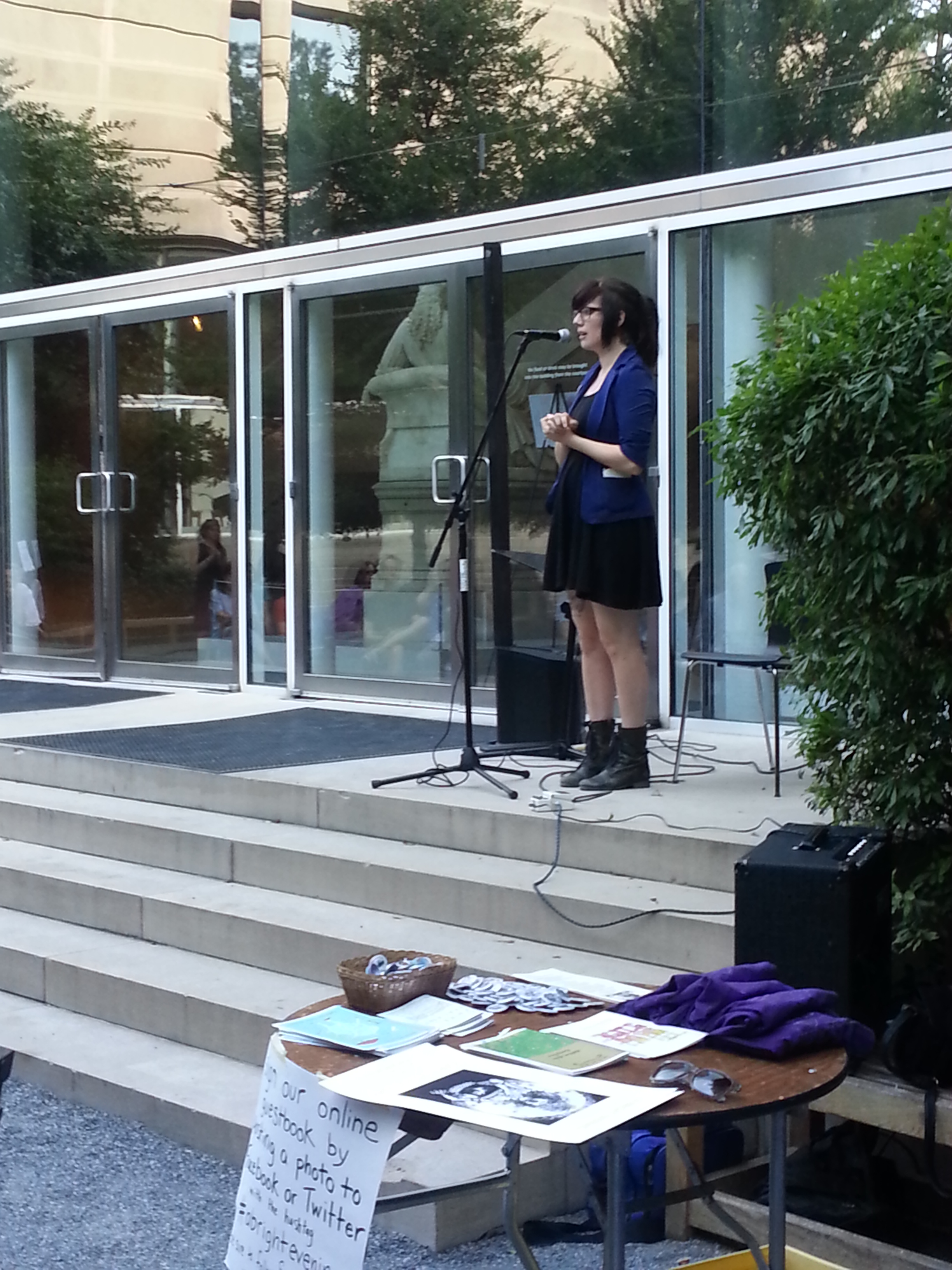

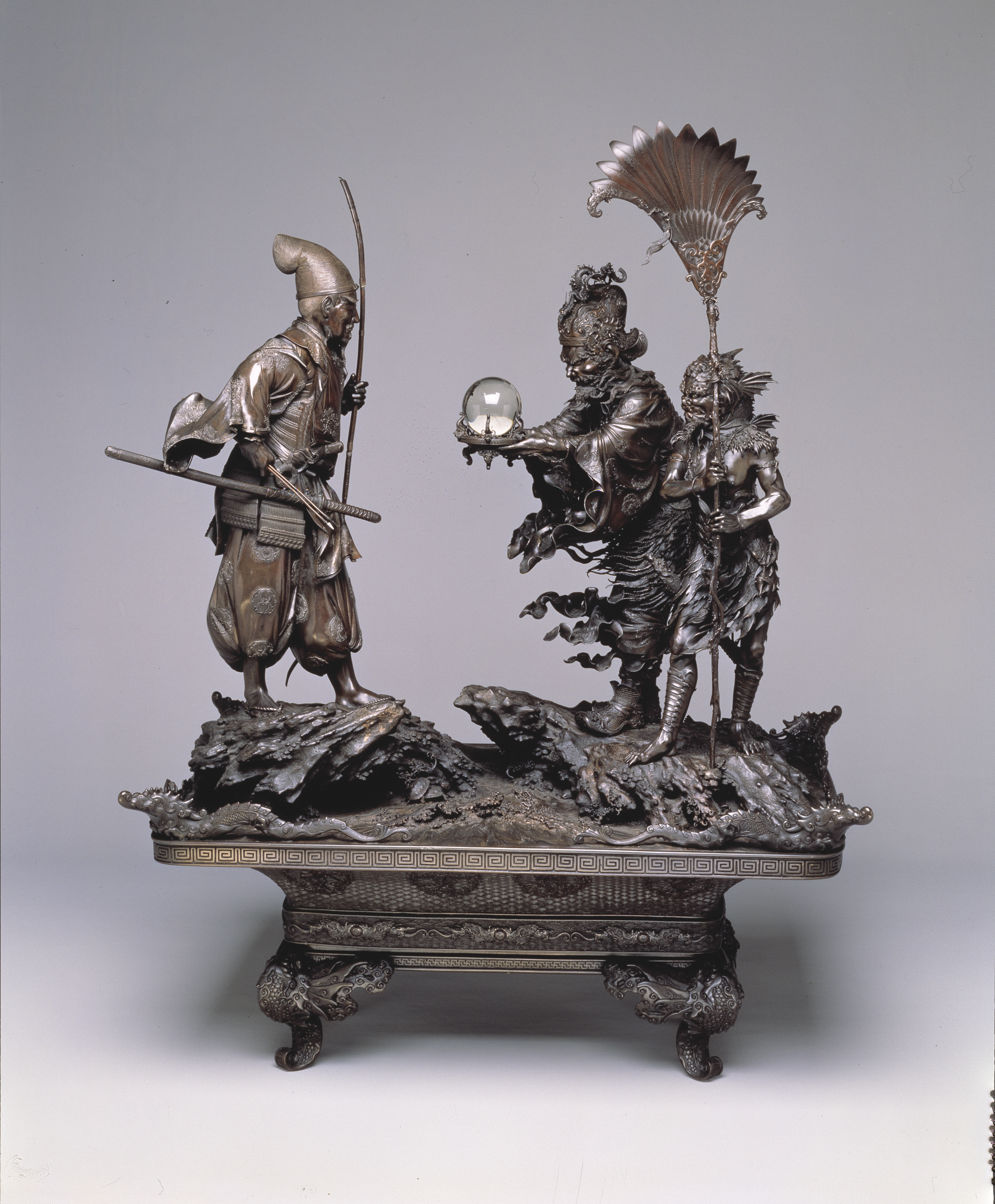

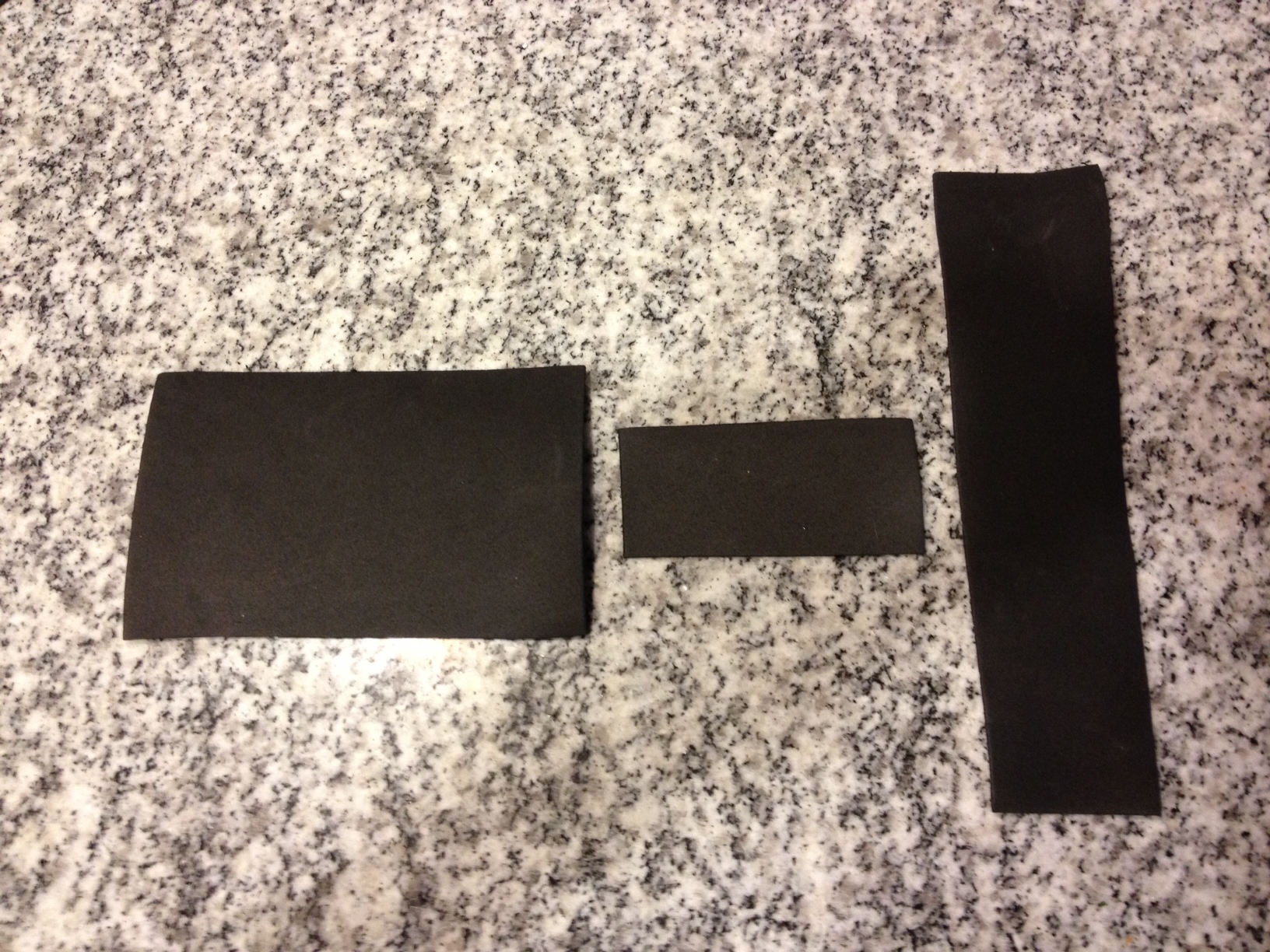








![IMG_0449[1]](https://blog.dma.org/wp-content/uploads/2013/02/img_04491.jpg?w=600)
![IMG_0450[1]](https://blog.dma.org/wp-content/uploads/2013/02/img_04501.jpg?w=600)
![IMG_0451[1]](https://blog.dma.org/wp-content/uploads/2013/02/img_04511.jpg?w=600)
![IMG_0453[1]](https://blog.dma.org/wp-content/uploads/2013/02/img_04531.jpg?w=600)
![IMG_0455[1]](https://blog.dma.org/wp-content/uploads/2013/02/img_04551.jpg?w=600)
![IMG_0458[1]](https://blog.dma.org/wp-content/uploads/2013/02/img_04581.jpg?w=600)
![IMG_0459[1]](https://blog.dma.org/wp-content/uploads/2013/02/img_04591.jpg?w=600)
![IMG_0460[1]](https://blog.dma.org/wp-content/uploads/2013/02/img_04601.jpg?w=450)




